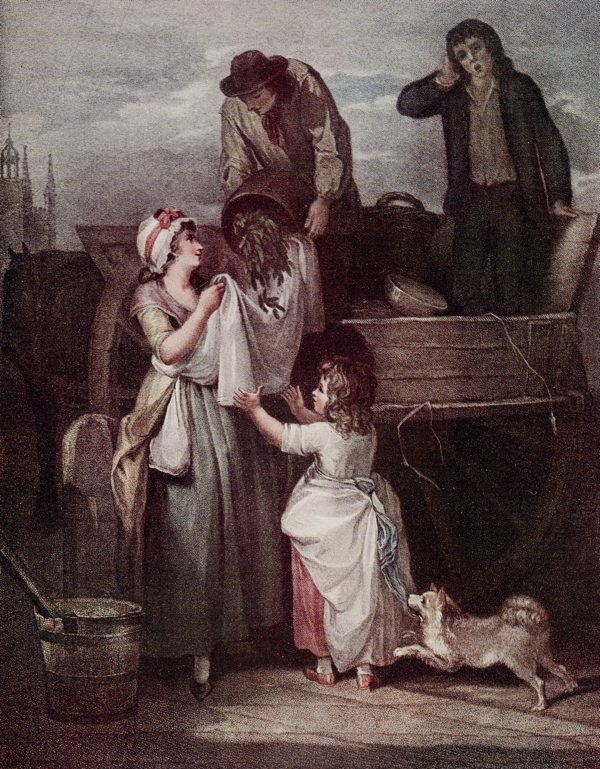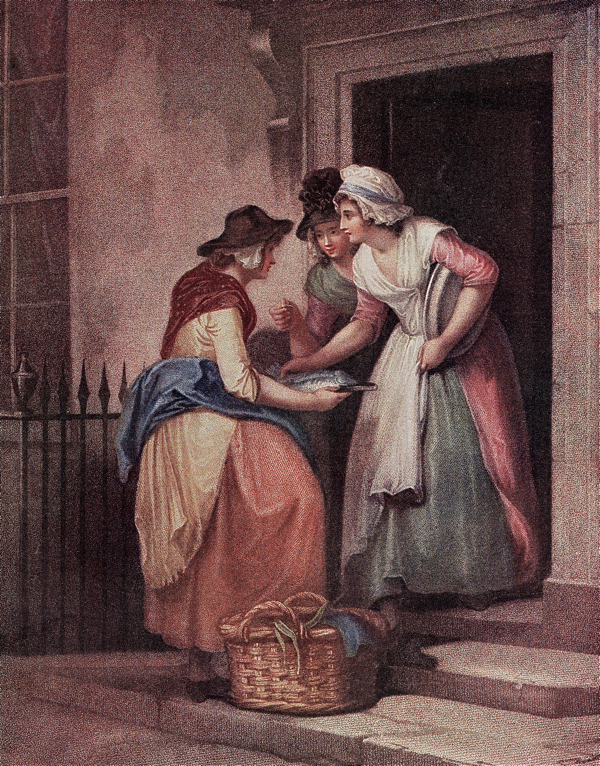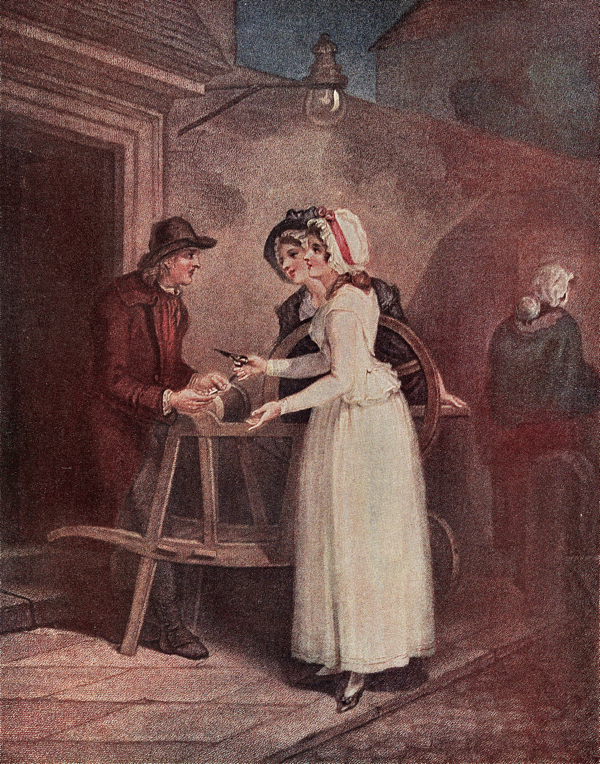Stop The Blocks is staging a Closed House Weekend as a means to draw attention to the catalogue of contested sites in the East End. The aim is to highlight how public space is being closed for private profit, how new housing is excluding the majority of people, and the devastating effect this is having. If you would like to know more, join tomorrow’s walking tour meeting on Saturday 8th August at Whitechapel Station at 11am.
![Stop the Blocks map]()
Click on this map to enlarge and print it out
Arnold Circus & The Boundary Estate
The Boundary Estate was the first Council housing estate in England and is Grade II listed. As well as being beautiful, it was designed so that every flat would receive sunlight at forty-five degrees to its windows, and the spaces between blocks are generous and the rooms are light. This contrasts with much of today’s high-density housing with its dark, single aspect apartments and poor standard of outside space. The Estate’s residents were behind the recent major improvements to the Circus, its gardens and bandstand.
The Balfron Tower
Built as council housing, designed by Erno Goldfinger in 1963 and made a Grade II listed building in 1996, Balfron Tower is now being sold off by Poplar Housing & Regeneration Association. Current long-term residents are being forced to sell and moved out while the famous block is being fetishised in a sixties-style marketing campaign to attract private owners. The circumstances at Balfron Tower are a prime example of how social restructuring is devastating London’s working-class communities. Another layer of social division was added when artists renting emptied properties were co-opted tacitly into PR for the sell-off – a process that has become known as ‘art wash.’ For more information – Balfron Social Club
Bethnal Green Gas Holders
Soon nothing will stand on the banks of the canals and waterways to connect us with the East End’s industrial past as luxury apartments gain hold. Tower Hamlets and English Heritage have refused to protect and list the historic No.2 and No.5 Gas holders designed with classical detailing by Joseph Clark in 1886 and 1889, giving this part of the canal its strong character. For more information – East End Waterways Group
Bishopsgate Goodsyard
The proposed development is a faceless mega-complex of luxury residential towers that will cast giant shadows over the surrounding communities, stealing their light and giving nothing back to Shoreditch, Spitalfields & Brick Lane. Since 2002, the public has been excluded from the big plans for this public land, leased by Hammerson & Ballymore from owners Railtrack. ‘More Light More Power’ seeks to regain control, to promote inspirational and innovative development of the Goodsyard, with well-designed mid-rise buildings that offer liveable, affordable housing and small business workspace. It needs to be commercially viable, yet integrated with the surrounding neighbourhoods. For more information – More Light More Power
Chapman House, Bigland St, Shadwell
After he reported dangerous conditions at the nineteen-apartment block in Shadwell where he has lived for twenty-five years, Michael James’ landlord tried to evict him twice. After consulting a solicitor, it transpired Michael was an assured tenant but his landlord responded by increasing his rent by 70% – presumably to force him out by alternative means. In a desperate bid to stay in his home, Michael James contacted the Rent Assessment Committee, who, after inspecting the dilapidated flat, ruled only a 0.4% increase was merited. The landlord, a charity that owns around seventy properties and pays no tax, faces a six-figure repair bill following council inspections. Michael James now speaks out to encourage others to stand up to rogue landlords. For more information - Tower Hamlets Renters
Chrisp St Market, Poplar
‘Save Chrisp St Market’ is campaigning to inform local residents and traders about the proposed ‘regeneration’ of Chrisp St Market by Poplar Housing & Regeneration Association (HARCA). The plans include ‘luxury’ housing and stores, at the expense of shops and accommodation affordable for local people. Traders will be booted out for the period of redevelopment, or longer – if they cannot afford the increased rents. Traders say they have been left in the dark about the future of the market. Save Chrisp St intends to do their own consultation in parallel with Poplar HARCA’s, by going door-to-door asking people about what they would like to see for the area. So far, many people have said they want the market to be improved, but not at the cost of their ability to live there. Save Chrisp St are working to make sure that the community has a proper voice. For more information – Save Chrisp St Market
Cremer St Studios, Hoxton
In May, more than one hundred and thirty artists artists in Cremer St Studios were told by their studio provider, ACAVA, to sign a letter stating “I confirm my full support for the proposed redevelopment of the property” or be forced out of the building in months. The owners are D & J Simons of Hackney Rd and the developers are Regal Homes who have submitted a pre-planning application to Hackney Council to demolish all existing buildings on the site for a mixed-use development – including a twenty-storey tower block.
The George Tavern, Commercial Rd
The George Tavern is a historic public house, and celebrated art and music venue. The Halfway House tavern upon this site is mentioned in the writing of Dickens, Pepys & Chaucer. Owner, Pauline Forster, has been shortlisted for an Historic England Angel Award in recognition of her achievement in restoring the building. Meanwhile, Tower Hamlets Council put the future of The George in jeopardy by granting permission to Swan Housing to build six flats adjoining the pub. Save the George Tavern is mounting a legal challenge. For information contact - The George Tavern
The Holland Estate, Spitalfields
The Holland Estate is a nineteen-twenties brick-built estate in Spitalfields. The registered social landlord, EastEnd Homes, propose to demolish it and destroy a thriving diverse community of over six hundred people to make way for primarily-private, high-rise development. Residents do not want this and a petition signed by over 70% of residents, a motion passed by the resident-led Estate Management Board and a unanimous motion passed by Tower Hamlets Council have all been against the demolition. But EastEnd Homes are ploughing on with their redevelopment plans regardless. Residents have decided to take things into their own hands to make it clear that demolition of these blocks is unwanted. Instead, they are campaigning for EastEnd Homes to refurbish their buildings, as originally agreed when the estate was handed over by Tower Hamlets Council in 2006 — a promise they have repeatedly broken. For more information - Bernard, Brune & Carter Residents
The Joiners Arms, Shoreditch
The Joiners Arms opened as a queer pub in 1997 and swiftly established a reputation as a welcoming, diverse and at times hedonistic venue. The property owners closed it in January 2015 and it remains shuttered and empty, awaiting unspecified development (strongly rumoured to involve demolition and a luxury apartment tower block). The Friends of the Joiners Arms is campaigning to re-open the venue – transforming it into London’s only cooperatively-owned-and-managed Lesbian/Gay/Bisexual/Transgender/Queer/Intersex/Asexual Community Centre, keeping the late-license pub at its heart. They have already won Asset of Community Value status (which gives them a chance to bid if the owners decide to sell) but the fight continues to demand that the Joiners Arms be given back to the queer community to run, providing space for life, love and liberty. For more information – The Joiners Arms
![Stop the Blocks map]()
The London Chest Hospital, Bethnal Green
The London Chest Hospital opened in 1855 to treat tuberculosis sufferers. As well as gaining an international reputation for the treatment of heart and lung disease, the hospital has cared for servicemen exposed to poison gas in the First World War and air raid victims in the Second World War. In April 2015, Barts & the London NHS Trust shut the hospital, moved its services to Bart’s Hospital and put the site up for sale. The Trust is currently in negotiations with a buyer. No planning permission has been granted but the site has been earmarked as offering “significant potential for residential development.” You can see the marketing brochure here www.essentia.uk.com (search “chest” and click on brochure). Tower Hamlets Green Party is launching a campaign to prevent this historic site becoming another soulless development of luxury homes. They want to ensure that whatever happens to the hospital, the site continues to be used for a purpose that has the needs of the borough’s residents at its heart.
![Stop the Blocks map]()
The London Fruit & Wool Exchange, Spitalfields
The Fruit & Wool Exchange was formerly home to two hundred small businesses, for which office space is sorely lacking in the capital. Developers Exemplar are demolishing it, including the Gun pub, and the entire office development has already been leased to a single international law firm. Mayor of London Boris Johnson forced this on Tower Hamlets, overruling the unanimous vote of the planning committee twice. He claimed it would “regenerate the area with thousands of new jobs and contribute to the wider economy of London” yet the soulless corporate architecture will deaden the lively streetscape of Spitalfields for decades to come.
National Barge Travellers Association
NBTA is a volunteer organisation providing support and advice for boat dwellers without permanent moorings. The boater population is increasing, in part caused by the housing crisis, as more people are forced to find survival alternatives. Despite having the money needed to provide sufficient facilities, the Canal & River Trust (CART) is removing facilities in some areas and creating permanent moorings that are unaffordable to the majority. The boater community is under threat as CART makes it more difficult to live on the water. Every year, NBTA supports boat dwellers who are unfairly evicted and their boats seized, including people that are disabled, elderly or ill. For more information – National Barge Travellers’ Association
Norton Folgate
On 21st July, Tower Hamlets’ planning committee unanimously refused permission for British Land to demolish more than 70% of buildings they hold in the Elder St Conservation Area in Spitalfields primarily to build offices on a site owned by the Corporation of London. Led by the Spitalfields Trust, the campaign has gained support London-wide and five hundred people held hands around the buildings on 19th July to demand re-use not demolition. Although the result shows people-power in action, the battle for Norton Folgate is not over yet. For more information – Save Norton Folgate
no.w.here, 316-318 Bethnal Green Rd
For ten years no.w.here has worked in Tower Hamlets as a community project, open artist platform and film laboratory built on the historical legacy of the London Filmmakers Co-operative. Run by cultural workers who place value on education, resistance, collaboration and free expression, no.w.here’s long standing work and projects are under threat from property developers. Vital in its community, no.w.here does not view displacement by billionaires or the destruction of communities as a natural evolution. For Closed House Weekend, you are invited to visit no.w.here’s lab and community project space where they seek to exchange know-how, experience, support and possibility. For more information – no.w.here
Olympic Legacy Land
The London Legacy Development Corporation (LLDC) now makes all the planning decisions inside this new Mayoral boundary, part of the four ‘legacy’ boroughs. This ex-Tower Hamlets land includes waterways and areas of industrial heritage in Fish Island near Hackney Wick, where affordable workspace and historic buildings are under threat. Very few people are aware that ‘Olympic Legacy’ planning decisions take place in LLDC offices in Stratford. Developers were allowed to stake out their territory early on in the Olympic process and the LLDC is allowing pitifully-low levels of affordable housing in the new developments. For more information – East End Waterways Group
One Commercial St, Aldgate
One Commercial St has been a focus of the ‘poor doors’ protests which highlight new developments built with two entrances, one for private owners and another for occupants of social housing. Thus property agents can reassure prospective buyers that their doors will not be shared by lesser mortals. In Stratford, a development by Galliard was proudly marketed as “fully private – no social housing.” Now Galliard proposes 0% social housing in their new development on the former West Ham Ground in Newham.
![Stop the Blocks map]()
Queen Elizabeth Children’s Hospital, Bethnal Green
On the developer’s hoardings, ‘bagel lady’ brandishes a signifier of East End authenticity to her glossed lips. Invented by the marketing department, she is an idealised future tenant of the Tower Hamlets/Hackney border. Campaigns to save the old hospital failed and demolition has left only one façade, one brick deep. Recently in Hackney, the Haggerston Estate, Tony’s Café, Spirit’s Shop, The Four Aces & Dalston Lane, have all gone, even though successful activism reinvigorated some housing associations. Doubtless, these areas needed help and change, but who is benefitting from the changes which are been enacted? Why must residents buy, not rent? What is a true definition of ‘affordable housing’? Can we preserve historic buildings and communities? Is bagel lady the heir apparent in the property-owning monocultural future of East London? For further information – I Am Not A Village
Robin Hood Gardens
Tower Hamlets Council failed to maintain this unique sixties estate and allowed Swan Housing to plan its demolition for a faceless new scheme called Blackwall Regeneration. Consultation with the residents was weighted in favour of that aim, but an independent survey of residents found 80% of people wanted refurbishment, not demolition. The estate of 231 homes comprising Robin Hood Gardens was built by Alison & Peter Smithson and notable present-day architects including Lord Rogers are asking for it to be listed.
The Royal London Hospital, Whitechapel
The Royal London is the largest hospital in Europe, costing £1.1bn to build, but thanks to the Private Finance Initiative agreement that funded it, will cost the taxpayer £7.1 billon over the next forty years. The repayment terms are so crippling the Royal London is currently running a £93m deficit, which explains why the lights on the top floors are never lit – Barts cannot afford to fit them out and use them. Meanwhile, staff shortages are pushing overworked doctors and nurses to walk out and waiting lists to increase, but Innisfree and construction firm Skanska will continue to collect fat profits for another thirty-five years – unless the hospital goes bankrupt, which technically it already is. Then it would pass into their private hands.
Sainsbury’s Tower/ Collingwood Estate, Whitechapel
Whitechapel Masterplan was pushed through by Tower Hamlets Council in 2013 with little public awareness. Crossrail is central to the suburbanisation of the area and Sainsbury’s wants to double the size of the supermarket and build six hundred new homes on its roof with a thirty-three-storey tower. While the area desperately needs more genuinely affordable housing, Sainsbury’s – owner of the land – is offering a pathetic 10%, despite Tower Hamlets’ target of 35%. For more information – Whitechapel Masterplan
Shoreditch Towers
Many are unaware there are three giant towers looming over the southern tip of Hackney, two with planning permission already.
1. Fifty-storey ‘Principal Place’ is being built on Bishopsgate, north of Liverpool St Station and next to the former Light Bar. For more information – Principal Place
2. Forty-storey residential skyscraper, ‘Bard Tower’ has planning permission on Curtain Rd upon the site of the Curtain Theatre where many of Shakespeare’s plays were first presented.
3. Thirty-storey tower proposed by a New York hotel chain at 201-207 Shoreditch High St on the site of Majestic Wine and Chariots Sauna is currently in planning. For more information search application no. 2015/2403 in planning pages at www.hackney.gov.uk
Spitalfields Market
In 2002, campaigners warned that the Corporation of London’s demolition of half the Market to construct offices was the start of an incursion beyond the City’s boundary, into places that the Corporation began to call the ‘City Fringe.’ Following the Market’s redevelopment, large increases in shop rents severed its connection with the local community and developers Hammerson sold it off, moving on to the Bishopsgate Goodsyard. 35,000 people signed a petition opposing demolition of Spitalfields Market during a long campaign.
Weavers Fields, Bethnal Green
In 2003, a residents’ campaign stopped a tower being built on Weavers Fields, preventing encroachment and damage to the public park.
Drawings copyright © Lucinda Rogers
Click here for further information about CLOSED HOUSE WEEKEND organised by STOP THE BLOCKS
Copies of the map may be bought for £1 from the following outlets
Oxford House, Derbyshire St, Bethnal Green
Professional Development Centre, 229 Bethnal Green Rd
Jonestown Coffee, 215 Bethnal Green Rd
St Hilda’s East Community Centre, 18 Club Row
Leila’s Cafe, Arnold Circus
Rinkoffs Bakery, Vallance Rd
Fresh Cafe, 275 Whitechapel Rd
Broadway Books, Broadway Market



































































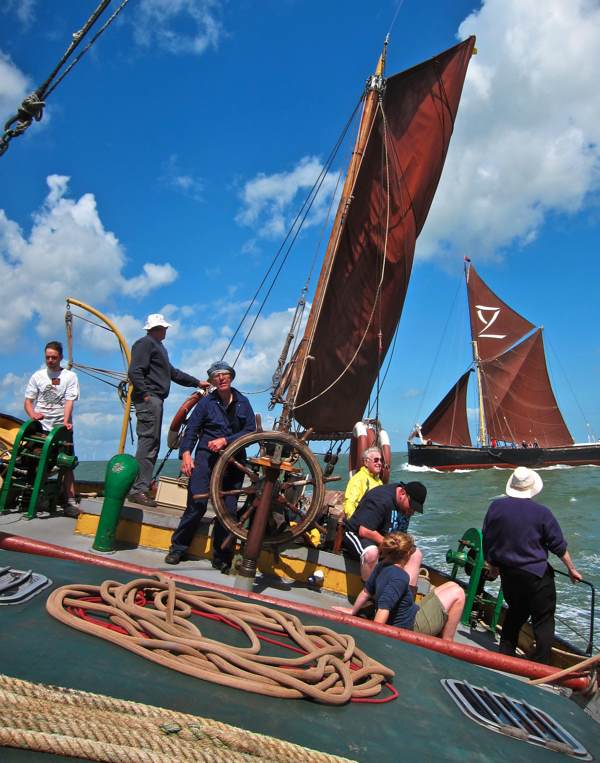
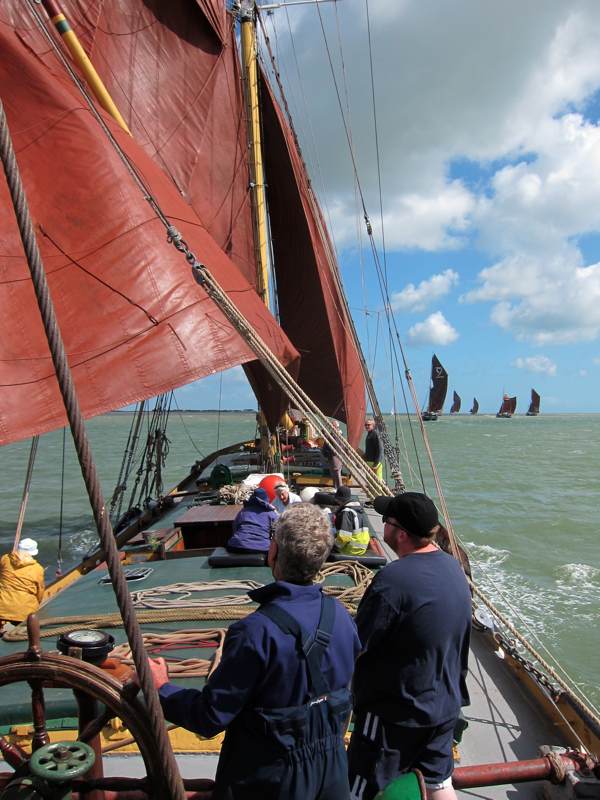

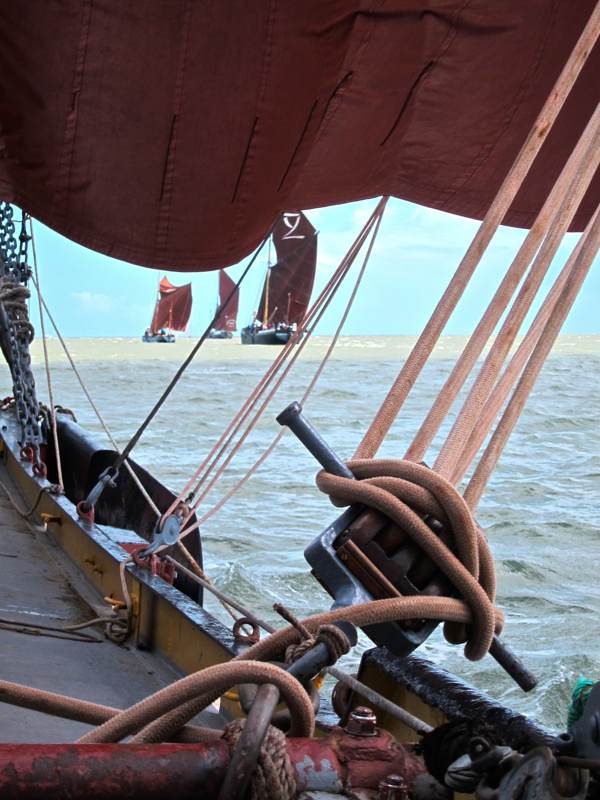
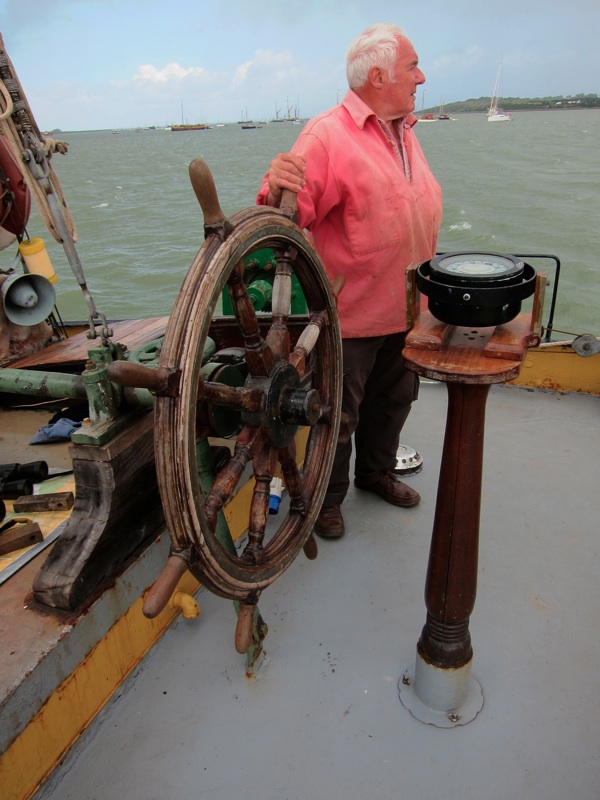
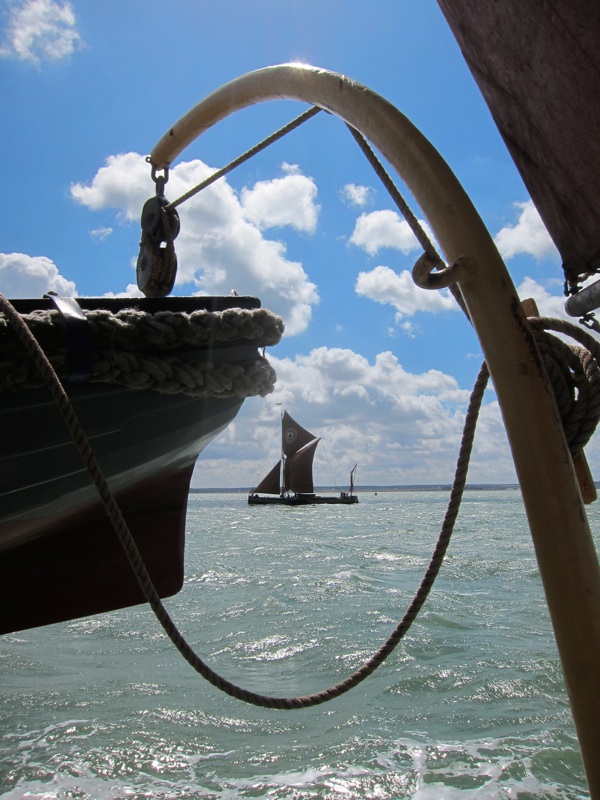

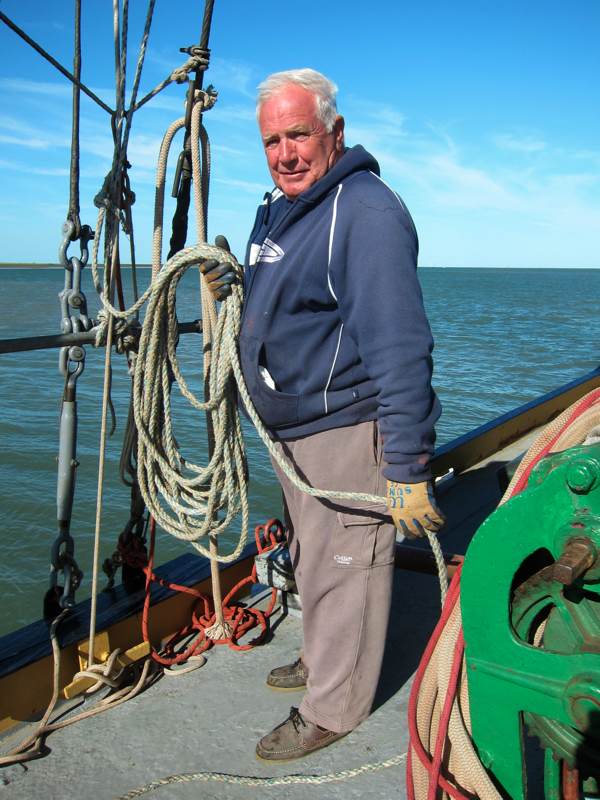




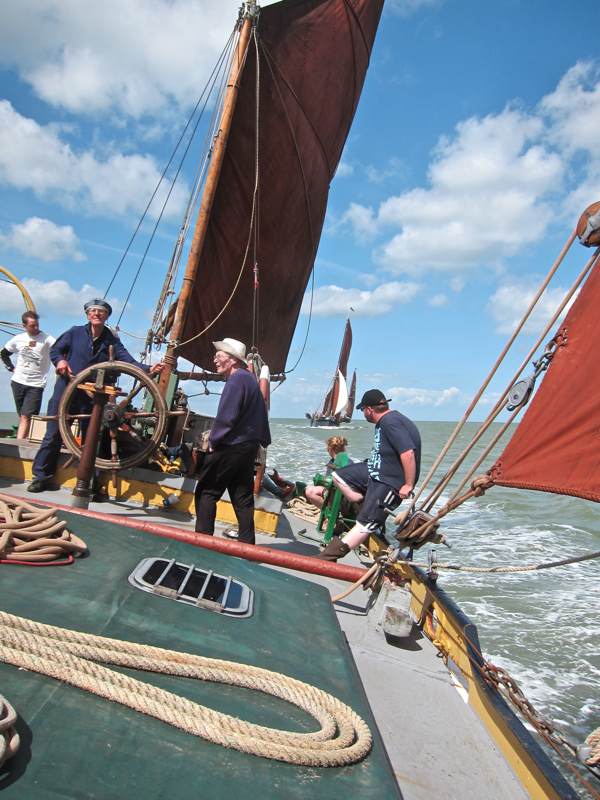
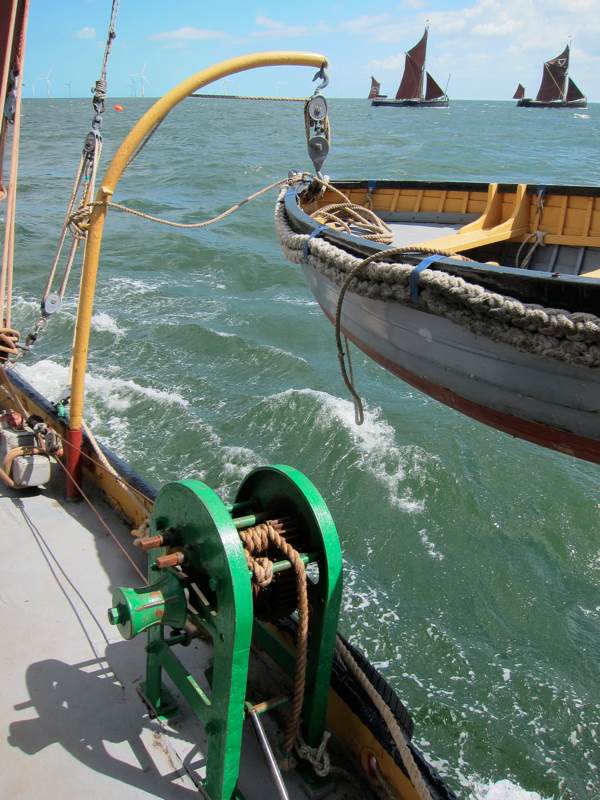


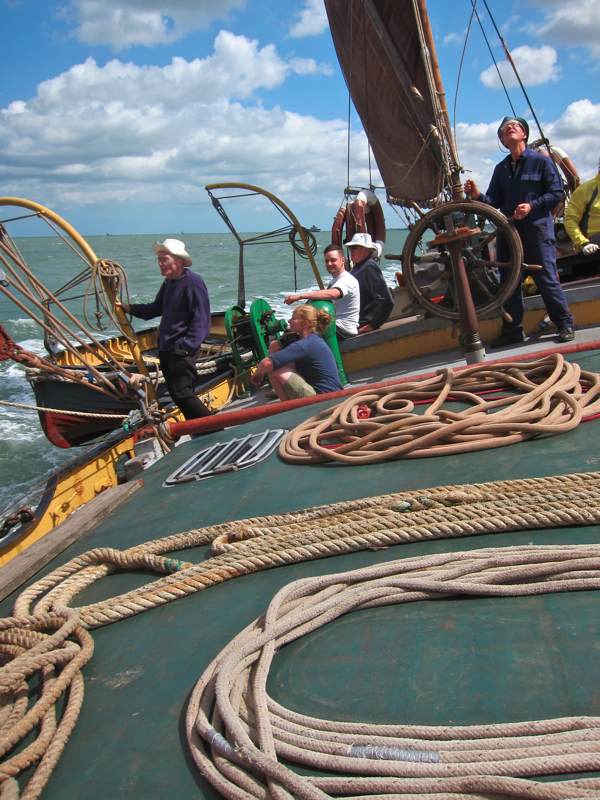

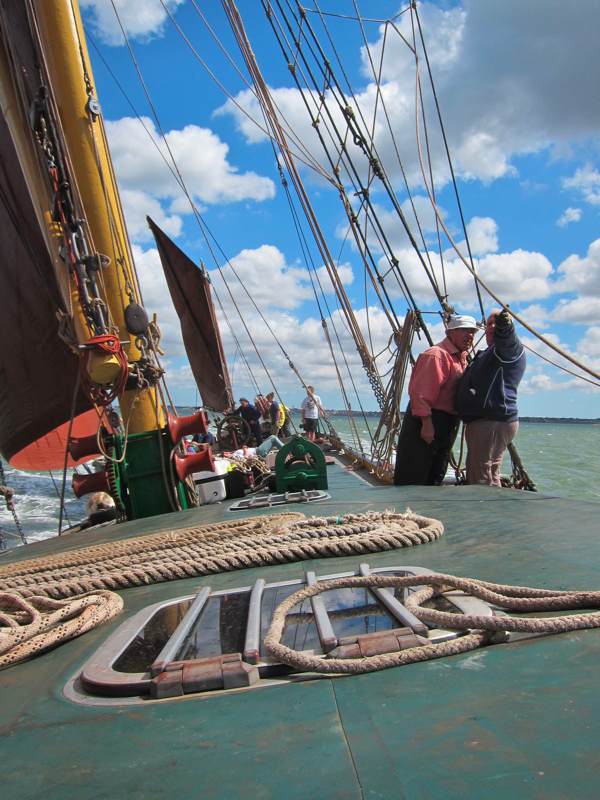







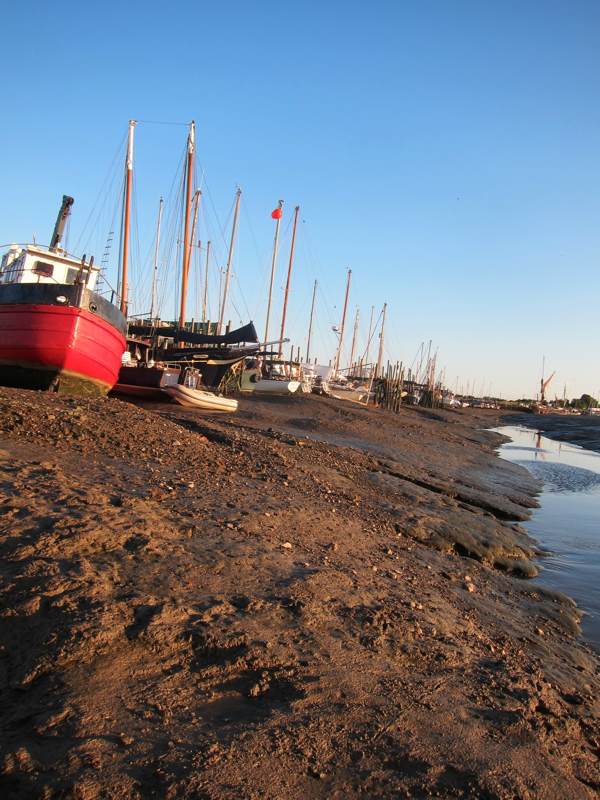





























































































































































































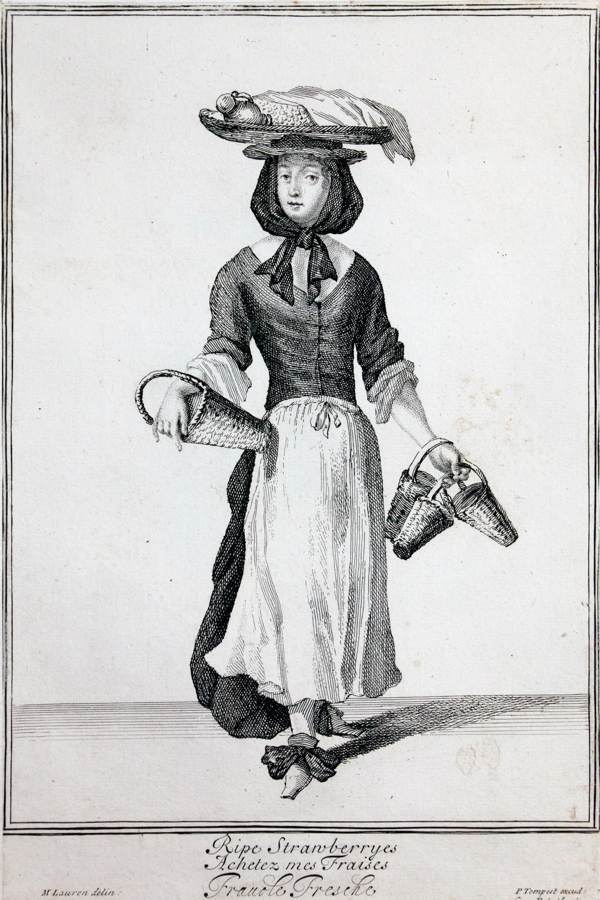

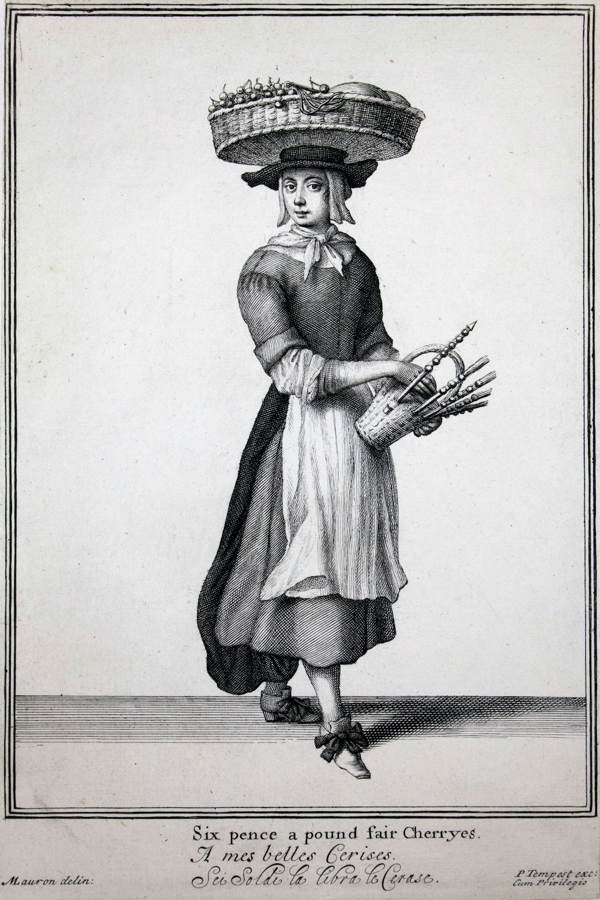

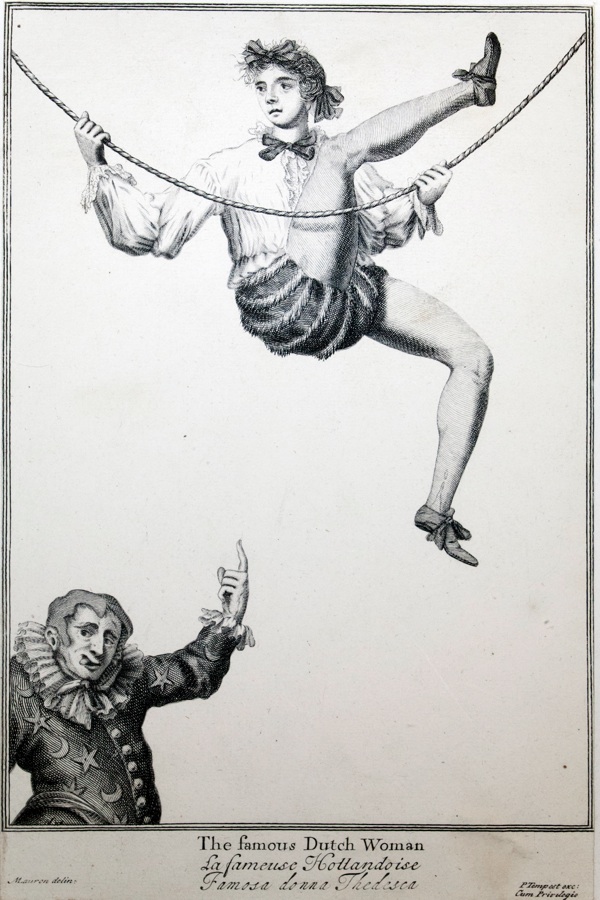

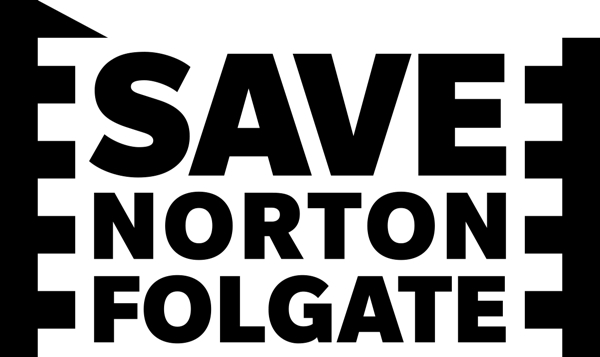







![Demolition Image[1]](http://spitalfieldslife.com/wp-content/uploads/2015/02/Demolition-Image14-600x417.jpg)






















